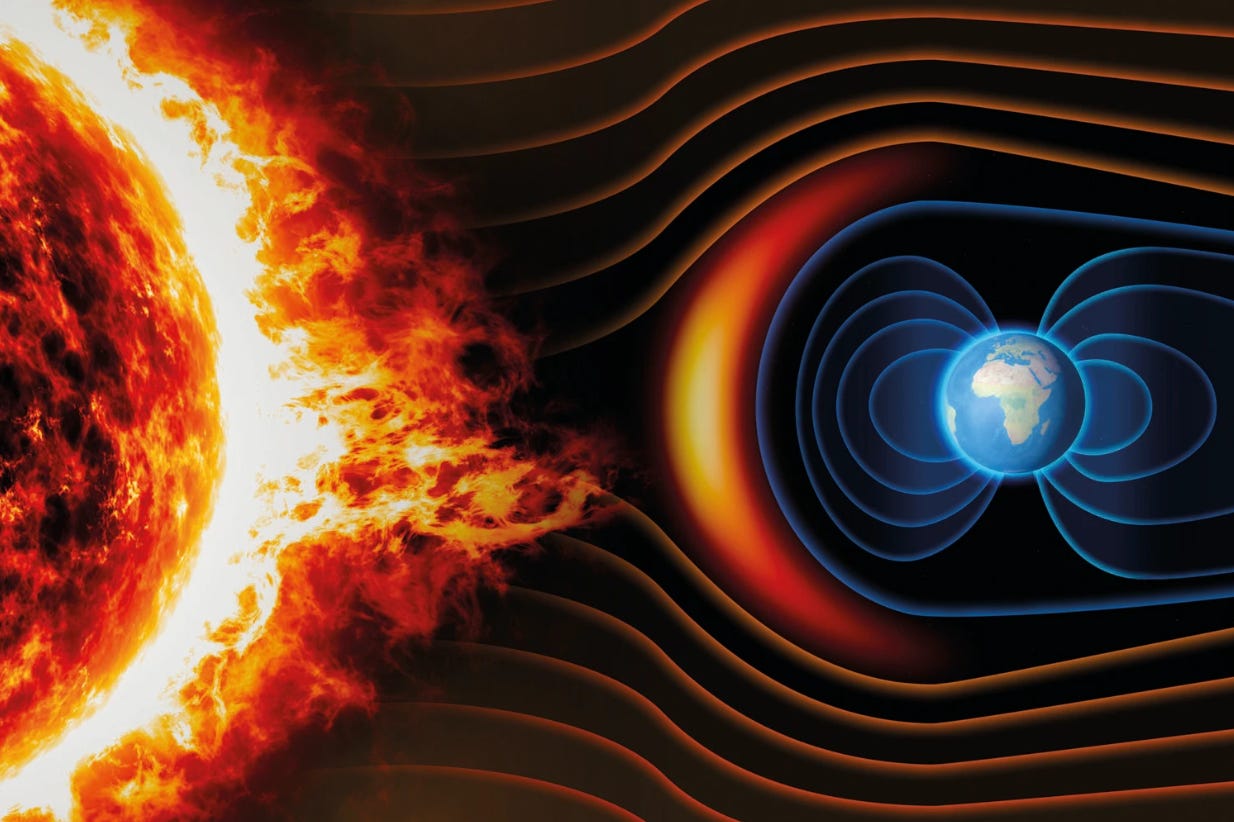Medicine for space and space for medicine
Why to launch something to orbit? Especially with expensive missions that can cause harm to astronauts? One of many reasons is for biomedical research that is unable to be accomplished on Earth.
Why is space dangerous?
Astronauts face a multitude of challenges as soon as their rocket lifts off - from the crushing g-forces to the need to remain collected in case of potential emergencies. This is why astronauts and even space tourists have to undergo special fighter jet training to learn how to work and communicate under elevated stress and g-force.
When the crew is in orbit, weightlessness causes bone and muscle mass loss, immune dysfunction, as well as heart and liver issues after a few weeks. Enclosed spaces and isolation may spark mental disorders - the risk of which increases during longer space missions. Since all of the aforementioned risks are a certainty rather than an unlikely scenario, how can space medicine alleviate the ramifications of space? The severity of damages depends on general body condition, resilience to exhaustion, and genetic factors. Screenings, risk factor analysis, and exercise are as important during the pre-flight routine as rehabilitation measures after the flight. The rapid adoption of space tourism is impossible unless we make preventative measures cheaper and less time-consuming.
Genetic changes are probably the most severe of all damage to the human body can experience in space. They are caused by cosmic rays both from the Sun and distant objects in our Universe like supernovae and active galactic nuclei. In space, we are more susceptible to radiation as the atmosphere does not protect us anymore. Our Earth has another shield - a magnetic field that deflects charged particles and makes low Earth orbit (LEO) relatively safe. Nearly 1.5 million man-hours have been spent on LEO. Thus, relevant data has been accumulated on how mutations build up with time in these mild radiation conditions. A 6-month mission to ISS causes radiation exposure less than the maximum allowable dose for Fukushima recovery workers (100 millisieverts) and leads to slightly increased risk of later developing cancer. Visiting a lunar base is a completely different story. The death rate from cardiovascular disease rises up to 5 times between those who fly to the Moon and those who remain in low orbits. One of the reasons why the first permanent base on the Moon is planned on its south pole is for radiation protection due to lunar landforms. It is harder to estimate the effect of longer missions like the Martian flight as there is no data on long-term exposure to unshielded radiation on the human body. Some scenarios involve doses compared to the average dose in the Chernobyl accident evacuees (500 millisieverts). However, there are studies on how to escape radiation on Mars. You can dig into the Martian soil for 3-4 meters, then the radiation level will be approximately the same as that of Earth.

Orbital healthcare
The scope of space medicine is not only the prevention of a disease but also its cure in orbit. For some illnesses, it would undoubtedly be safer to terminate the mission and return astronauts to a hospital on Earth. This happened at least once during the Soyuz 21 mission in 1976 which stopped several days earlier due to astronaut Zholobov’s worstening condition. Considering the high costs of space travel, it should only be a solution for some severe conditions. The disease should be diagnosed at an early stage and cured in orbit.
Private medical research
For a long time, space medicine has served beyond the needs of astronauts. Private pharmaceutical companies such as Merck, Amgen, Sanofi, AstraZeneca, Ely Lilly and Novartis are conducting research in the ISS. Since 2011, NASA has managed the Center for the Advancement of Science in Space (CASIS) in the ISS. By 2025, NASA plans to cover all of the ISS annual maintenance costs, worth 4 billion dollars, from CASIS earnings. With 1 hour of crew member time priced as $130,000 in 2021 and growing demand, this is realistic.
LEO is a unique environment for perfect crystallization and complex molecule orientation. This allows humankind to develop vaccines, mitigate the effects of age-related diseases, drug delivery to fight cancer and Alzheimer’s disease treatment. Restoration of muscles and bones using stem cells grown in zero gravity is another hot topic as microgravity activates specific genetic pathways responsible for tissue regeneration.
We predict that the increasing demand for biomedical research in zero gravity will create a market for laboratory services in a manned space station environment. There are already four projects of private stations, led by Northrop Grumman, Nanoracks, Sierra Nevada Corporation, and Axiom Space. The latter is the most advanced: the first AXIOM module will be docked to the ISS in 2024, and it will remain operational even after the station’s de-orbiting. Companies like Redwire and SpaceTango develop and sell specialized space-based drug development and manufacturing platforms.
From research labs to organ factories
Technologies in space medicine do not stand still - on the one hand, treatment methods are being developed in orbit, artificial organs are being grown, new universal medicines for astronauts are being developed, and on the other hand, new ways of protecting against radiation with the help of genetic engineering are being explored. Many people know that a huge number of technologies came to us from humans venturing into outer space. Maybe the solution to the key unresolved issues on Earth is in space? Maybe it is from there that medicines for cancer, AIDS, the key to eternal youth, etc. will come to us. We in Space Ambition believe in space medicine commitments!









Thanks for the article. It could be cool if you could do another article with a deep dive into specific projects and startups operating in the sector:)
Thanks for the interesting information! I would add another interesting fact – bacterial and viral infections function somewhat differently from microgravity than on Earth. In particular, bacteria do not form biofilms (or do it differently), which leads to a non-standard course of the disease and quite often to the ineffectiveness of existing drugs against them in space. This creates some difficulties for long missions